Client Interaction Skills: Why It Matters and Ways to Improve
A good client relationship is built on healthy interaction skills. Read on for a close look at client communication and how to improve yours.
Clients are the lifeblood of your organization, and the money they pay you is pretty much what’s keeping the lights on. But if you said that some of your clients could be a little more difficult to please than others, no one would be surprised. There are a lot of temperaments in the world, and some people are just more critical than others. Then again, there are plenty of clients who are a total joy.
Either way, your team needs top-notch client interaction skills to keep everyone happy with your work. Here’s how to master these super important skills.
- What are client-facing skills?
- Examples of client-facing skills
- How to improve client-facing skills
- Client-facing skills in the workplace
What are client-facing skills?
Client-facing skills refer to all the talents and abilities your team pours into creating a positive customer experience. That generally means making sure clients leave each interaction happy – all while you still get all the information you need to solve their problem.

Take control of your meetings
Collaborate on meeting notes, foster accountability with action items, and grow with meaningful feedback. Try Fellow today!

Examples of client-facing skills
Good client interaction comes down to just a handful of soft skills. And sure, it’s likely that everyone on your team has at least a few of these skills and can handle speaking to clients well enough. But there are certain people who can talk to others as easily as breathing, and they’re the ones you want in a client-facing role. Below are some of the skills you should look for in high-quality client relations managers.
1Self-improvement
This skill may seem unrelated to client-facing roles at first, but think about the last few times you were a client. How many times were you asked to rate someone’s performance? The organization is asking you because they want to keep growing and learning. You too should ask for – and act on – client feedback.
Even criticisms from difficult clients can help you improve your client service skills. All types of feedback can help you see how to interact with your clientele more effectively.
2Dedication
The ultimate goal of good interactions with clients is building solid relationships that can prove fruitful in the future. While being courteous in conversation is one of the best ways to do that, follow-through is important too. Checking in with clients to see whether they’re satisfied and changing course if not shows that your client support is a cut above the rest.
3Empathy
Empathizing with your clients means putting yourself in their shoes to better understand and acknowledge their feelings. With that understanding, you’ll have more luck ending an interaction on a good note. You might even be able to help disgruntled clients leave feeling happy.
4Communication
It’s probably pretty obvious that you need communication skills for client-facing positions. But what makes someone good at communicating with others?
Well, for starters, there’s the language you use. You generally can’t speak to clients the same way you would with your friends. You should also be as clear and concise as possible so no one gets confused.
If you’re meeting a client in person, you’ve also got to think about your body language. That usually means maintaining eye contact, smiling, and avoiding a closed-off posture (folded arms, hunched shoulders, and other things like that).
5Active listening
There’s a big difference between hearing someone and listening to them. It boils down to how well you pay attention to what a client is saying – most can usually tell based on how you respond. If you’re only passively hearing them, you’re more likely to fall back on generic ideas that won’t solve a client’s problems.
Instead, you should be an active listener. Stay completely focused on the client and figuring out questions to help you understand their situation better. This is key to client satisfaction – it cuts down on the need to repeat information and shows you what the client truly wants.
6Critical thinking
Critical thinking means thinking about every layer of a situation and coming up with the best possible solution. It doesn’t mean you have to know the correct answer off the top of your head; it means that you know the tricks to problem-solving. Even taking the time to research the issue at hand is a sign of good critical thinking.
How to improve client-facing skills
Client-facing skills are often soft skills, which typically means people develop them naturally over time. You don’t have a ton of control over who comes to the table with good communication skills, but your team can learn them. Some ways you can train them are below.
- Offer training programs
- Understand when to use communication channels
- Connect with the client
- Prioritize quality questions
- Know what you sell
- Get constructive feedback
- Quickly follow up with clients
1Offer training programs
Being able to talk to people the right way is a widely sought-after skill, so there are all kinds of training courses about it. Client-facing skills are a bit more specific, but plenty of seminars, conferences, and workshops can teach you the tricks of the trade.
2Understand when to use communication channels
Most modern-day teams use a bunch of different communication channels as part of their team communication plan. Each channel comes with etiquette that might make one more appropriate than others in certain client situations. Video calling, for example, takes a bit more time out of people’s day than email, so it’s best for longer meetings or presentations. It’s all about respecting your clients’ time.
3Connect with the client
Professionalism is important during client interactions – it leaves a better impression than the alternative. But formality and professionalism don’t necessarily go hand in hand – if anything, being too formal can make you seem a bit detached. Try speaking more casually to build a stronger connection between you and your clients.
4Prioritize quality questions
Your listening skills come into play during every conversation with a client. If you ask a lot of questions and make them repeat everything they’ve said, they might assume you weren’t listening at all. Instead, ask just a few pointed questions that get to the heart of the matter. You’ll show that you were paying attention and that you’re invested in solving the problem.
5Know what you sell
In-depth knowledge of your products and services can help you sell them to your client. Clearly answering the client’s questions and showing how your product or service will benefit them can show confidence. That’s a big part of getting clients to trust you.
6Get constructive feedback
It’s not always easy taking criticism, especially when it might be coming from unhappy clients, but it’s one of the most surefire ways to improve. This can also come from within your organization. Asking your fellow team members what you could do better is a great way to get ideas for how you can do better.
Pro tip: Fellow makes it easy to ask for feedback about meetings and projects, and respond both on the web and through Slack.

7Quickly follow up with clients
Don’t wait too long to follow up with a client – there’s a window of opportunity there. If you wait longer than two or three days at most, that window can close before you can keep the conversation going.
Client-facing skills in the workplace
Despite their name, client-facing skills transfer really well to most conversations. You can use them with your team members too to create a comfortable work environment. Here’s how:
1Be supportive
Your team members put just as much effort into their jobs as you do. But that doesn’t mean they won’t struggle with certain tasks. Taking the time to help them is a tried and true team-bonding idea. You would help clients if they asked – do the same for your team.
2Show respect
Instead of treating your team members like background characters in your story, make ample time for them. For example, showing up to meetings on schedule shows that you respect their time, just as with clients. You should also listen to their ideas rather than rejecting them right away – again, just as with clients.
3Be efficient
Just as your clients appreciate how quickly you can go deep on your product or service, your team members will appreciate efficiency too. Keeping an organized workspace and schedule can help you prioritize tasks and complete them on time without anyone needing to pick up your slack.
4Embrace new ideas
You can bring your client-facing skills into collaborative team settings. Active listening, for example, is how you can fully hear out your team members’ ideas. Being reachable on communication channels as you do for your clients is also how team members can reach out to you with ideas.
Build strong relationships with clients
Ultimately, the trick to great interactions with clients is treating them less like clients and more like people. With Fellow, that gets way easier. You can use Fellow to plan, hold, and follow up on client meetings so you can more effectively build real connections. With well-structured meetings and strong client-facing skills, you’re that much more likely to keep your clients coming back for more.





![Client Meeting 101: 6 Tips on How to Plan and Execute [+ Free Templates]](https://fellow.app/wp-content/uploads/2022/06/Client-Meeting.jpg)



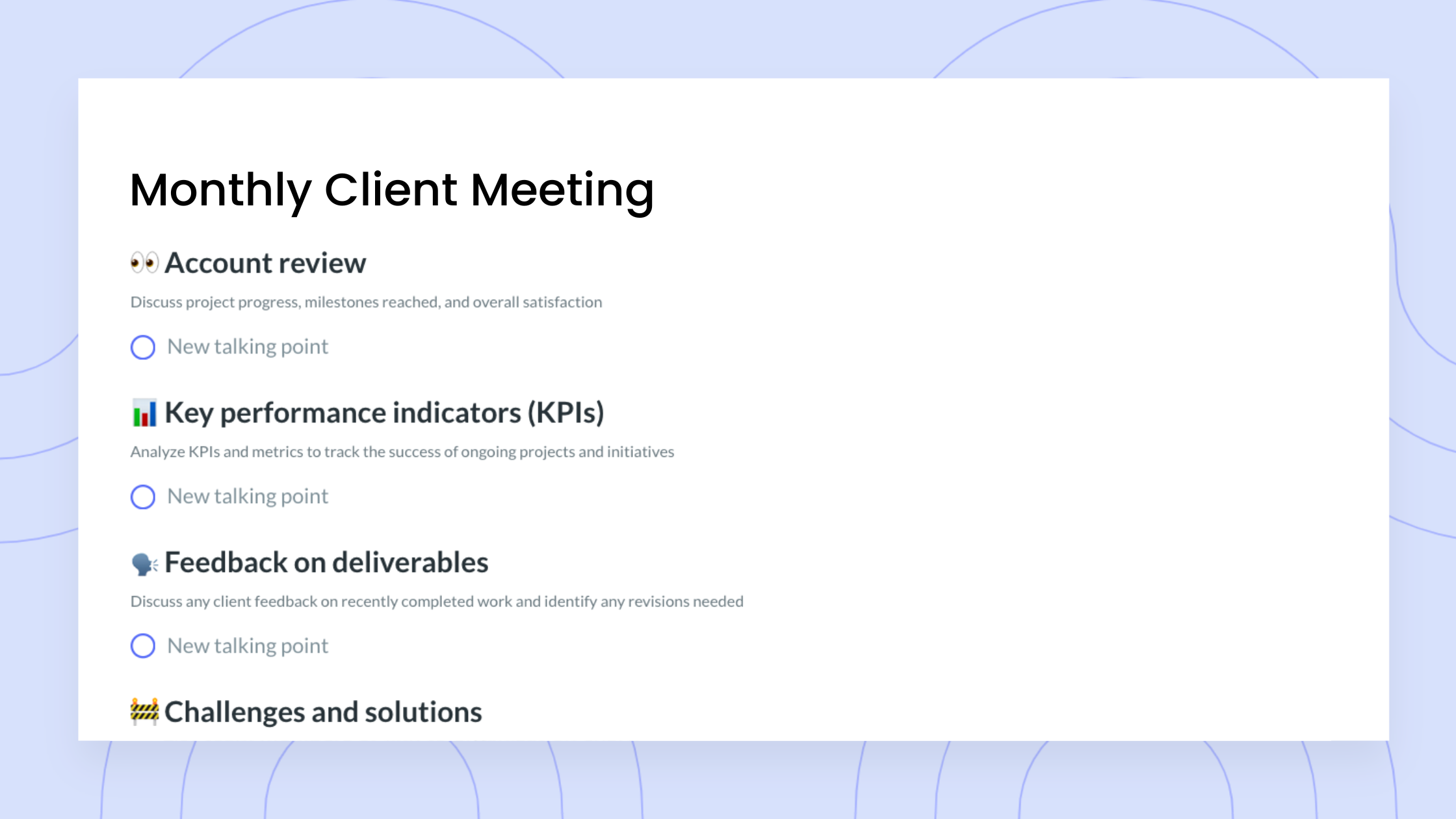
![Incoming Client Interview [Legal Clinic] Template](https://fellow.app/wp-content/uploads/2021/09/Incoming-Client-Interview-Legal-Clinic-preview.png)

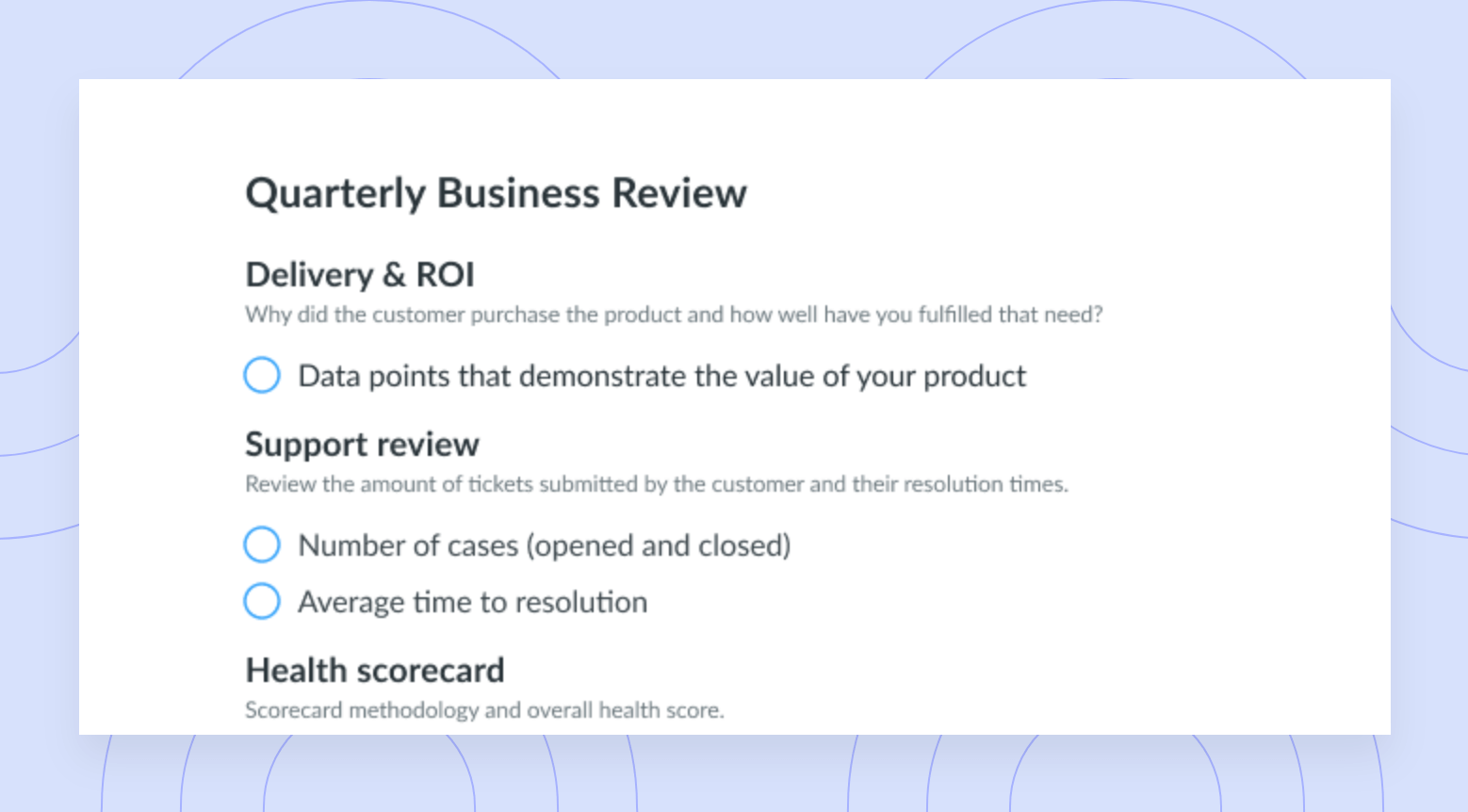
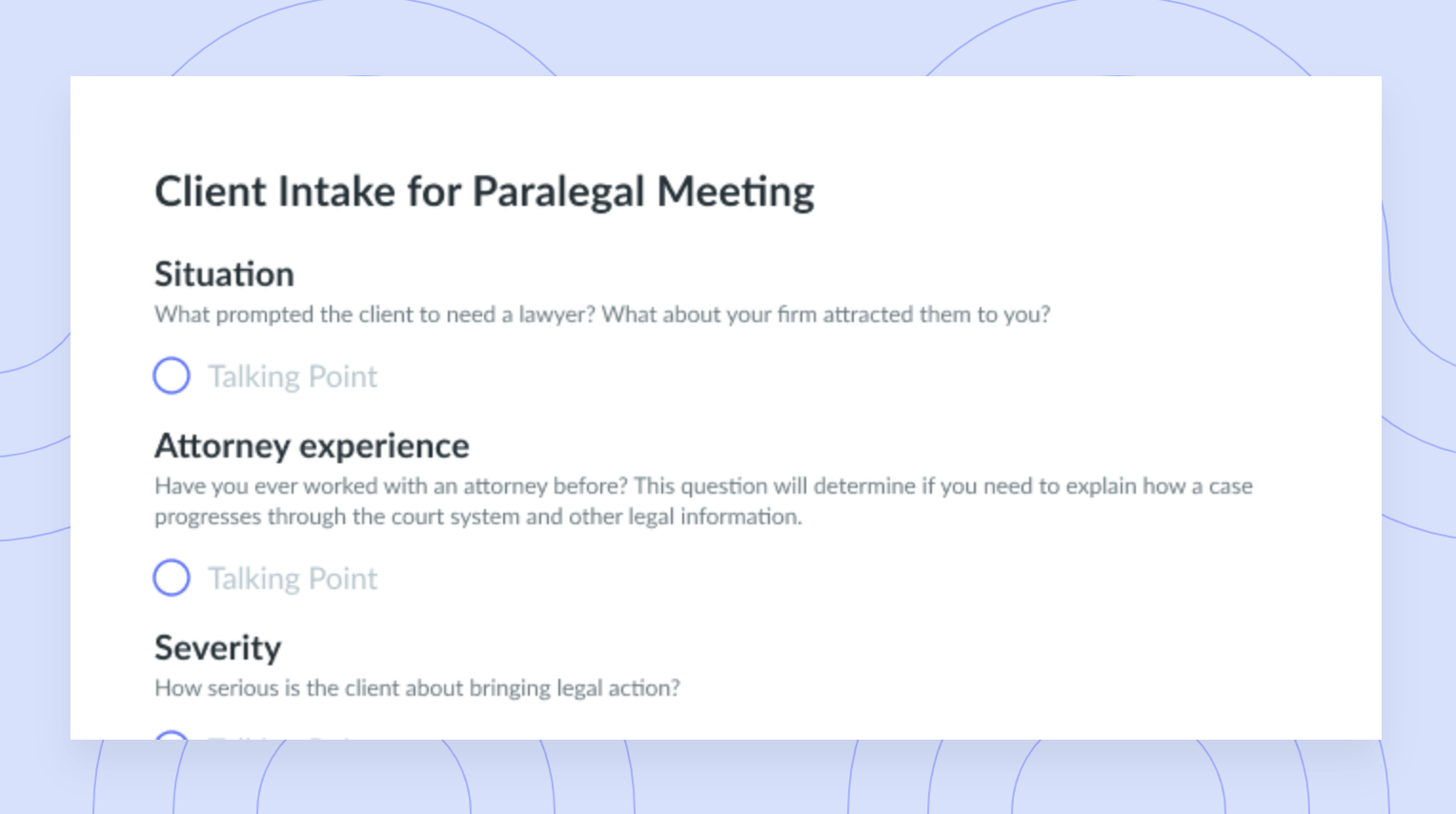
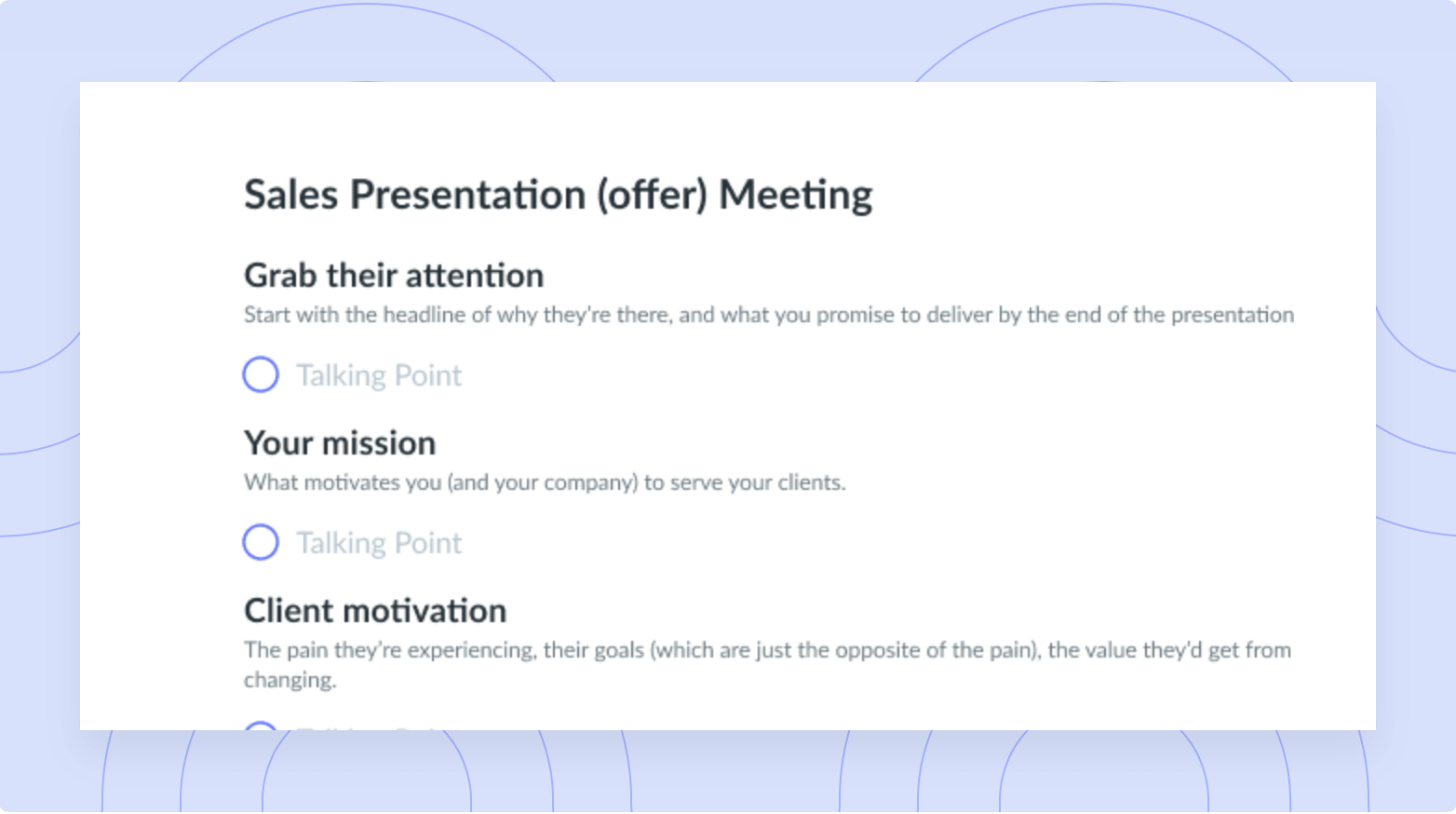
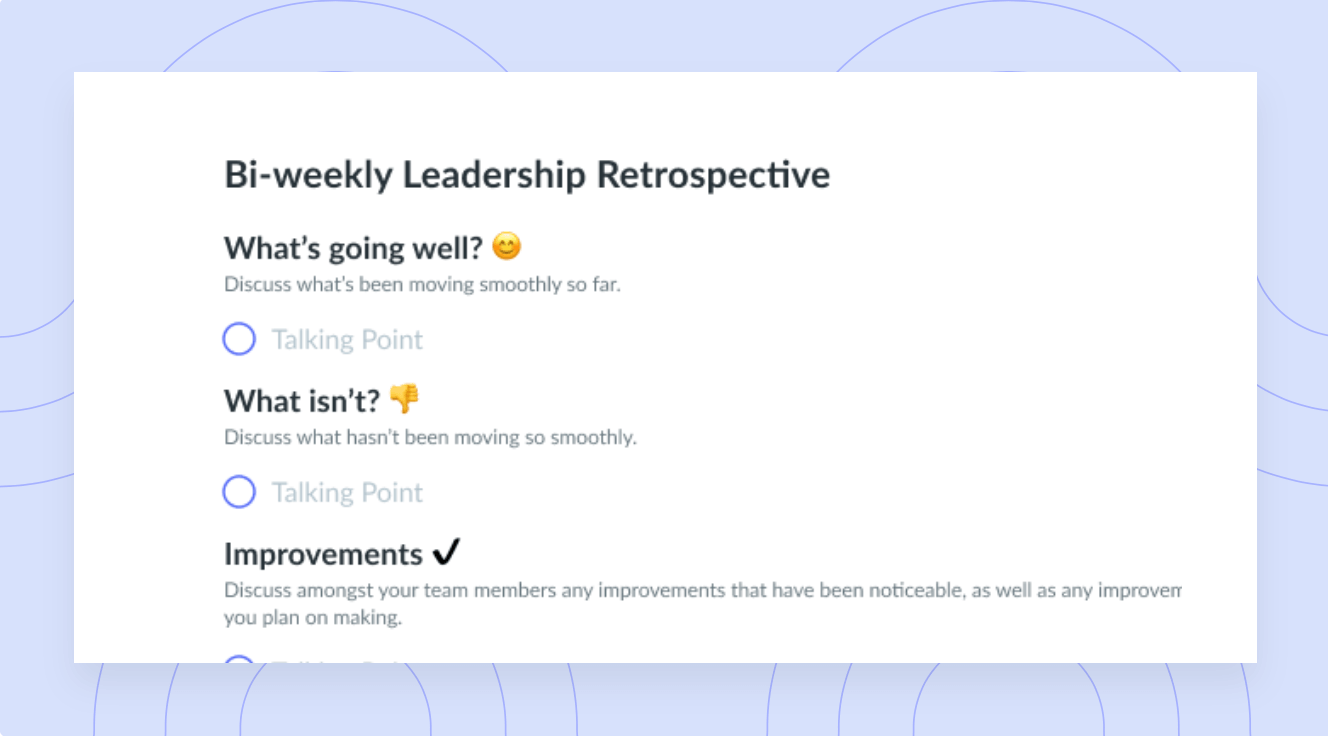
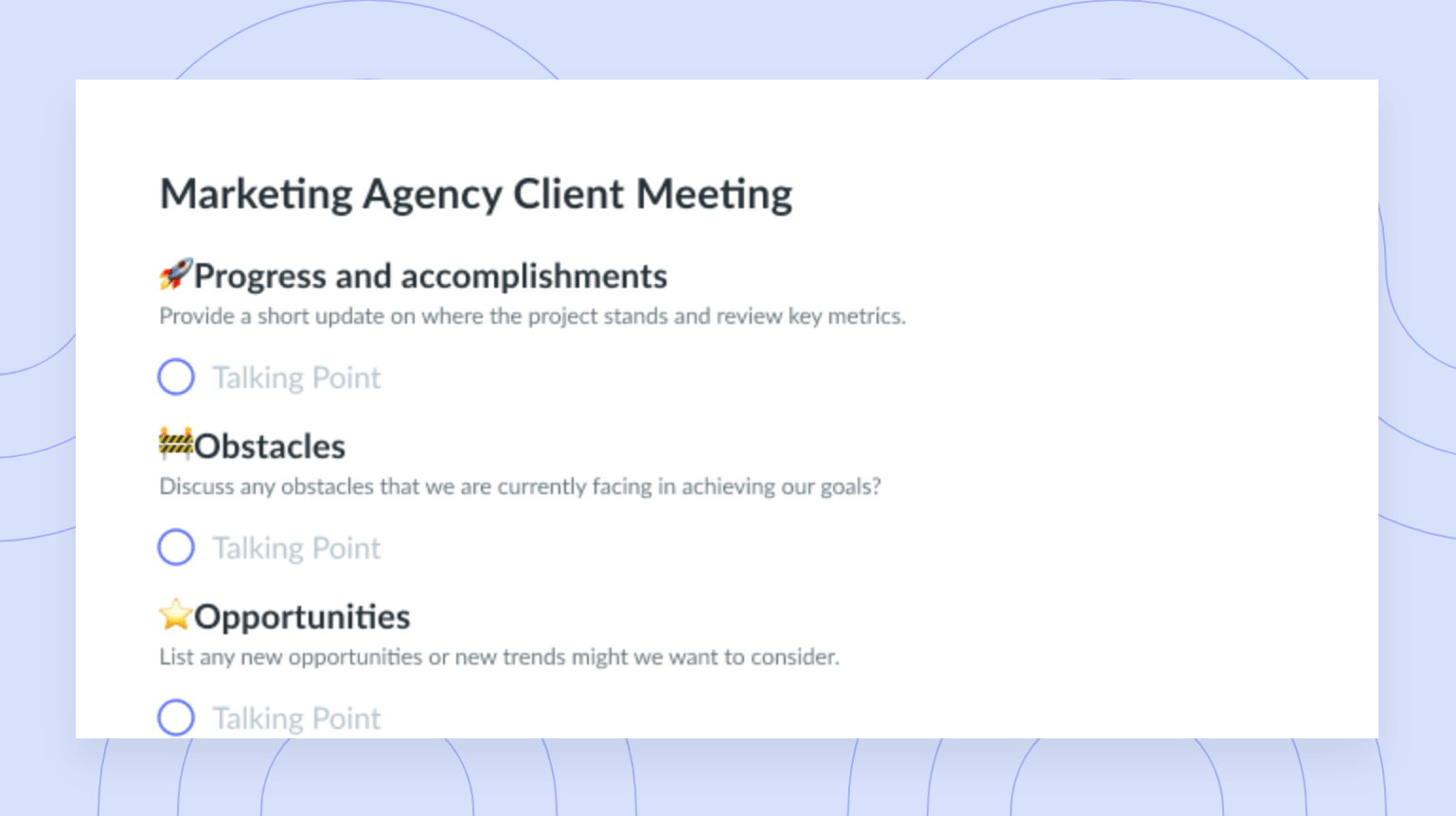
![Crisis Management Round Table [Daily Check-In] Template](https://fellow.app/wp-content/uploads/2021/09/Crisis-Management-Round-Table-Daily-Check-In-preview.png)










